Lexus makes its mark on Milan Design Week 2025 with four new interactive installations
Lexus’ annual installation at Milan Design Week focuses on human-centred technology and the role of data and design in shaping the luxury car of the future
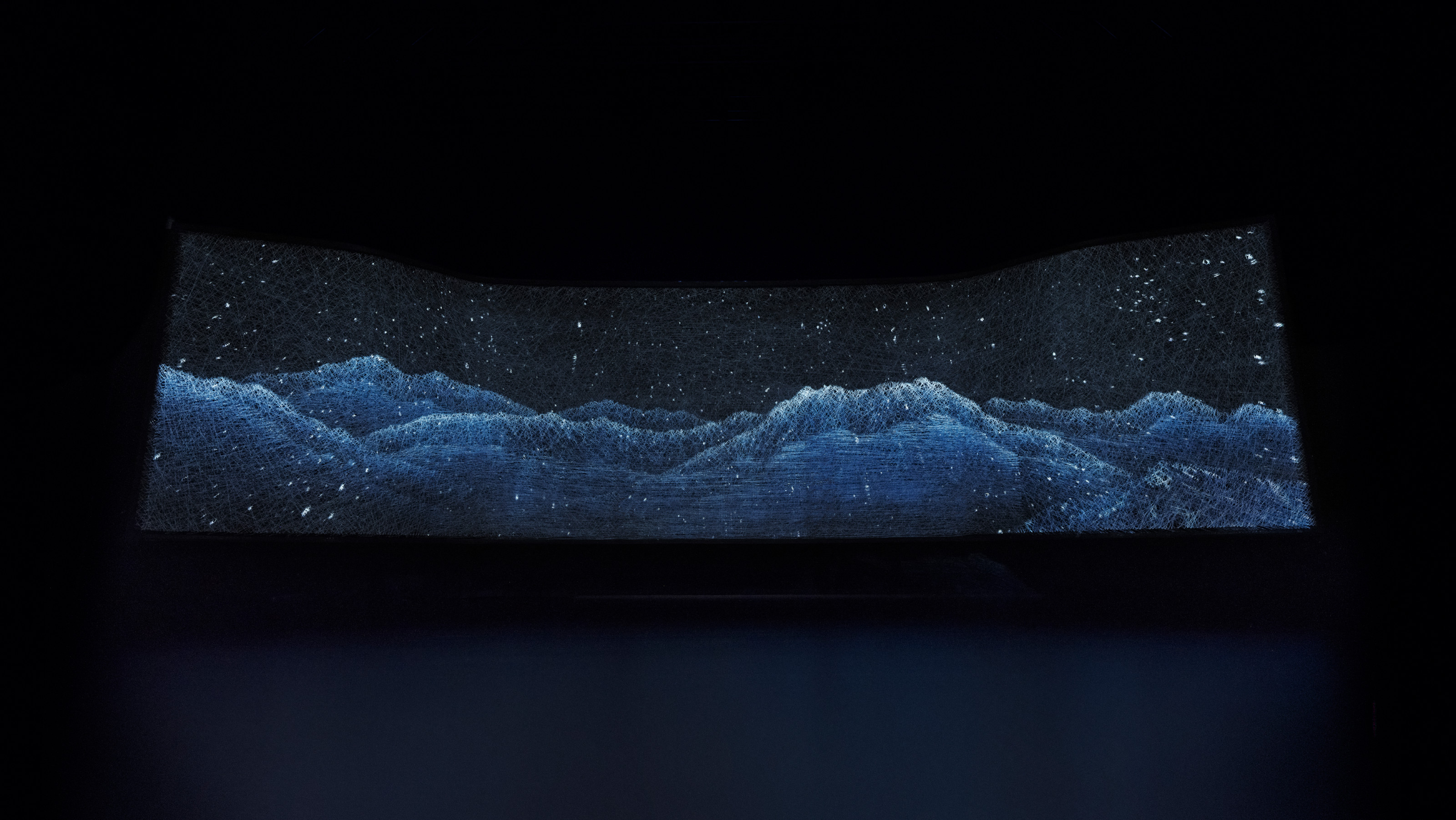
Lexus is now a mainstay at Milan Design Week with a major presence that demonstrates the Japanese luxury brand synthesis of traditional, human-centric design with technology and innovation. Since 2012, it has combined the presentation of the Lexus Design Award, a survey of emerging young talent, with bold, kinetic installations. These have included works by Philippe Nigro in 2015, Formafantasma in 2016, and Sota Ichikawa in 2018. There have been some vivid and memorable works, such as 2019’s light-filled displays and 2024’s installation, ‘Beyond the Horizon’ by Hideki Yoshimoto. Although the last Lexus Design Award was held in 2023, there’s still a focus on next-generation designers in this year’s presentation.
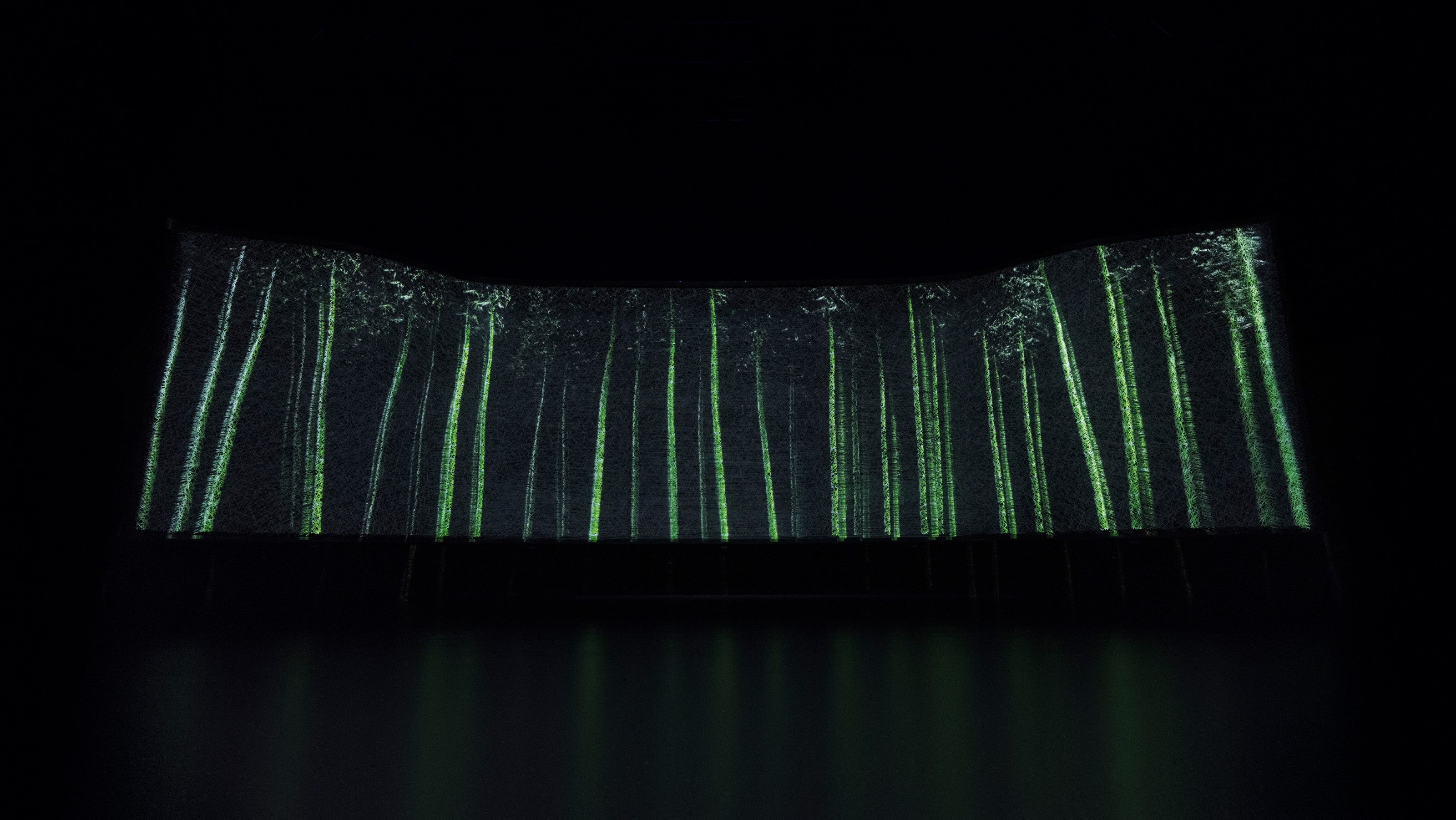
A-Un installation by STUDEO and SIX Inc for Lexus, 2025
At the heart of Lexus’ Milan Design Week 2025 installation is the relationship between car and driver, as exemplified in the ‘Black Butterfly’ next-generation cockpit control device that was previewed in the 2023 Lexus LF-ZC concept car. The headline installation is called A-Un and it was created in collaboration with creative agency SIX and design studio STUDEO. Housed in a pitch-black room, the installation consists of a vast screen shaped like the LF-ZC’s driver display.
Only this isn’t a conventional display, but a lattice of bamboo fibre thread – over 35km in all – wound around a huge 3m x 10m structure to form the shape. Onto this lattice is projected a series of CGI animations that conjure up real locations – a forest, a waterfall, a mountain range – as well as abstract animations based on real-world data. The name comes from the Japanese concept of A-Un no Kokyū (harmonised breath), meaning the synchronisation of movement and emotion between two bodies.
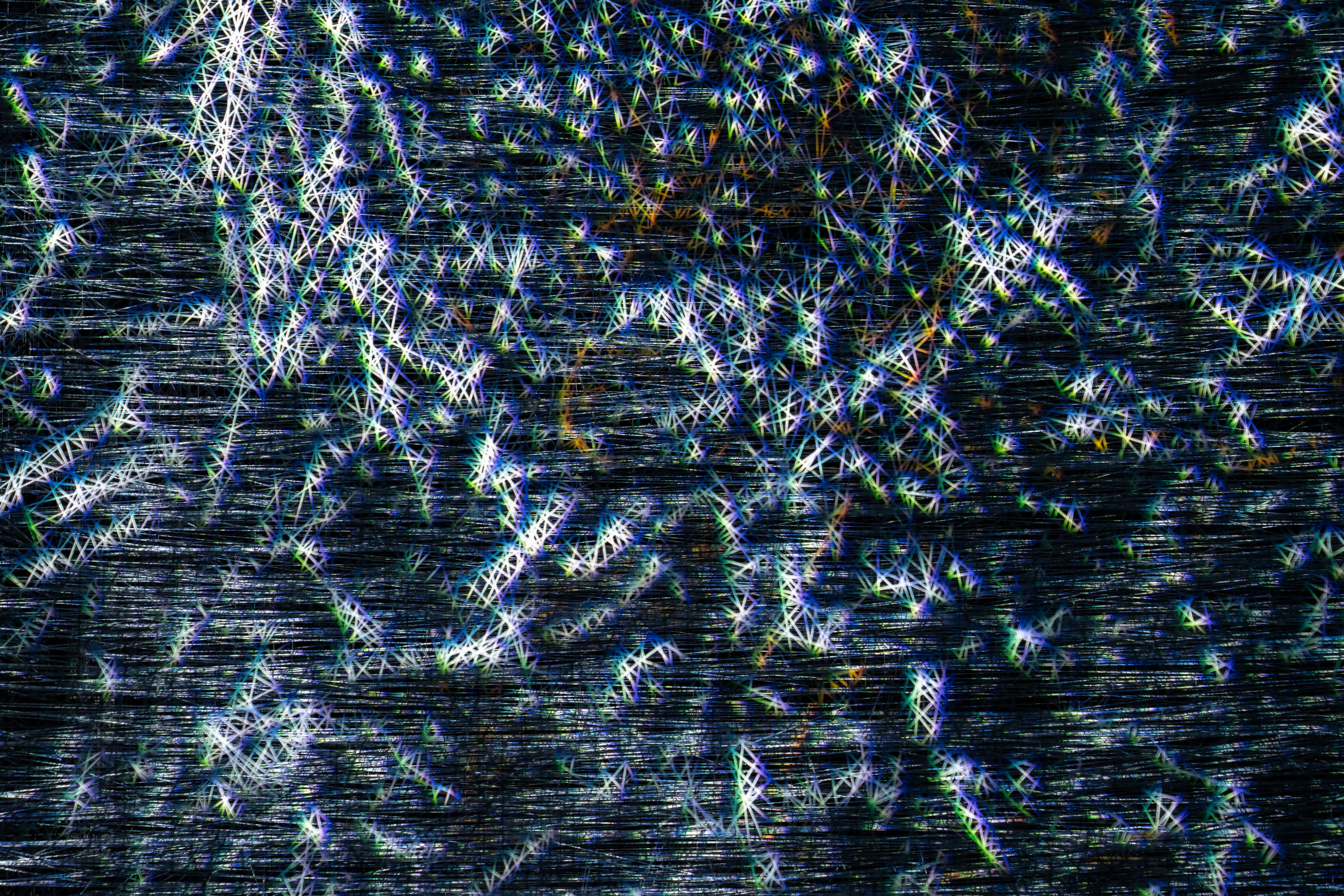
Detail of the A-Un installation for Lexus
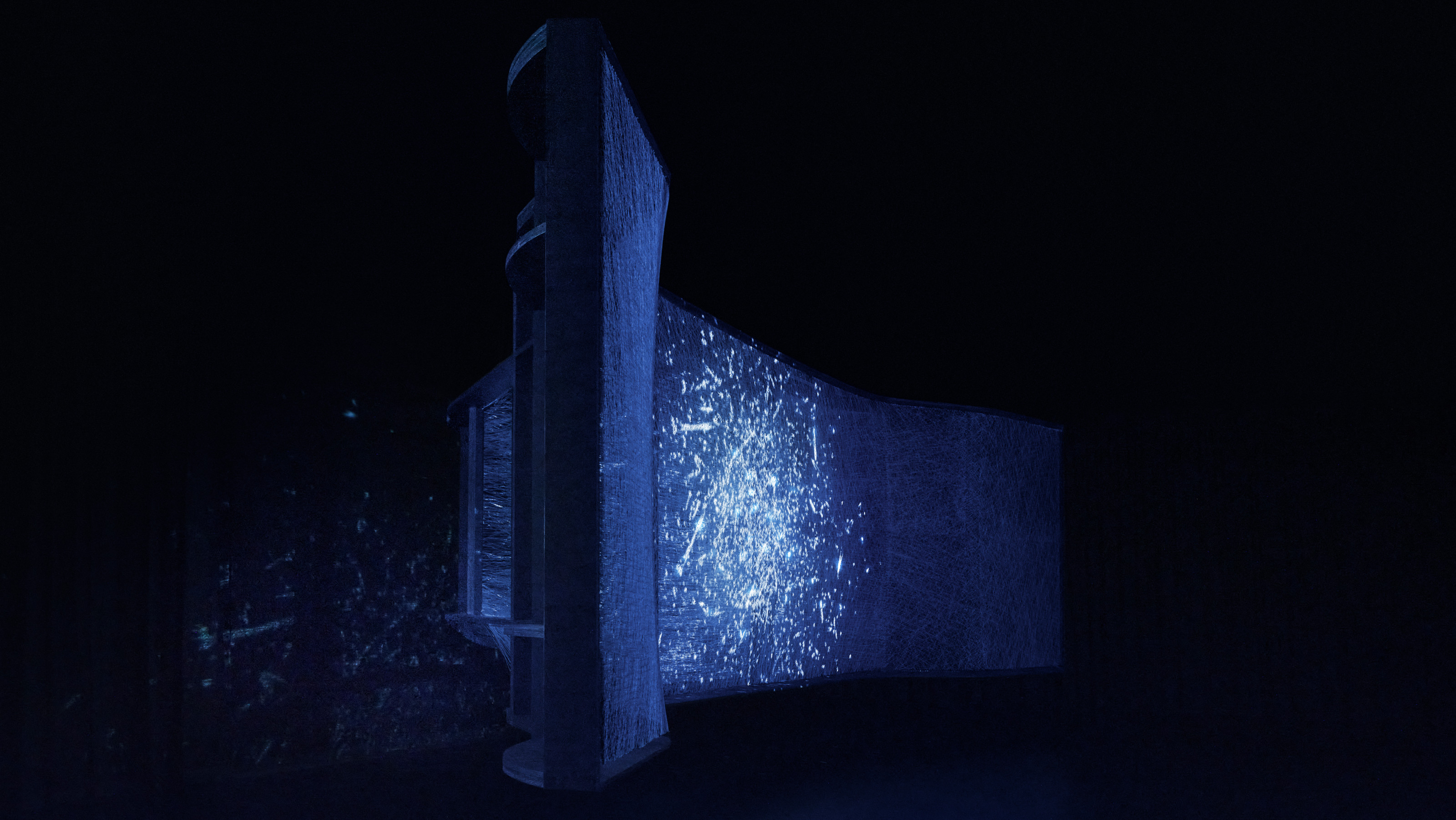
Detail of the A-Un installation for Lexus
‘The greatest challenge was turning the product into an artwork, something that inspired whoever sees it,’ says Tatsuki Ikezawa, creative director of STUDEO. ‘We chose the threads because we wanted to demonstrate that the installation was a living, organic thing – as if blood was flowing through it.’
Only when you get up close do you sense the physicality of the intricate structure; from a distance, the threads give the projections a strange, jagged texture that adds to an otherworldly sense. Coupled with ambient noise and music, A-Un is a truly immersive experience, especially when the projections are synched with the heartbeats of the viewers.
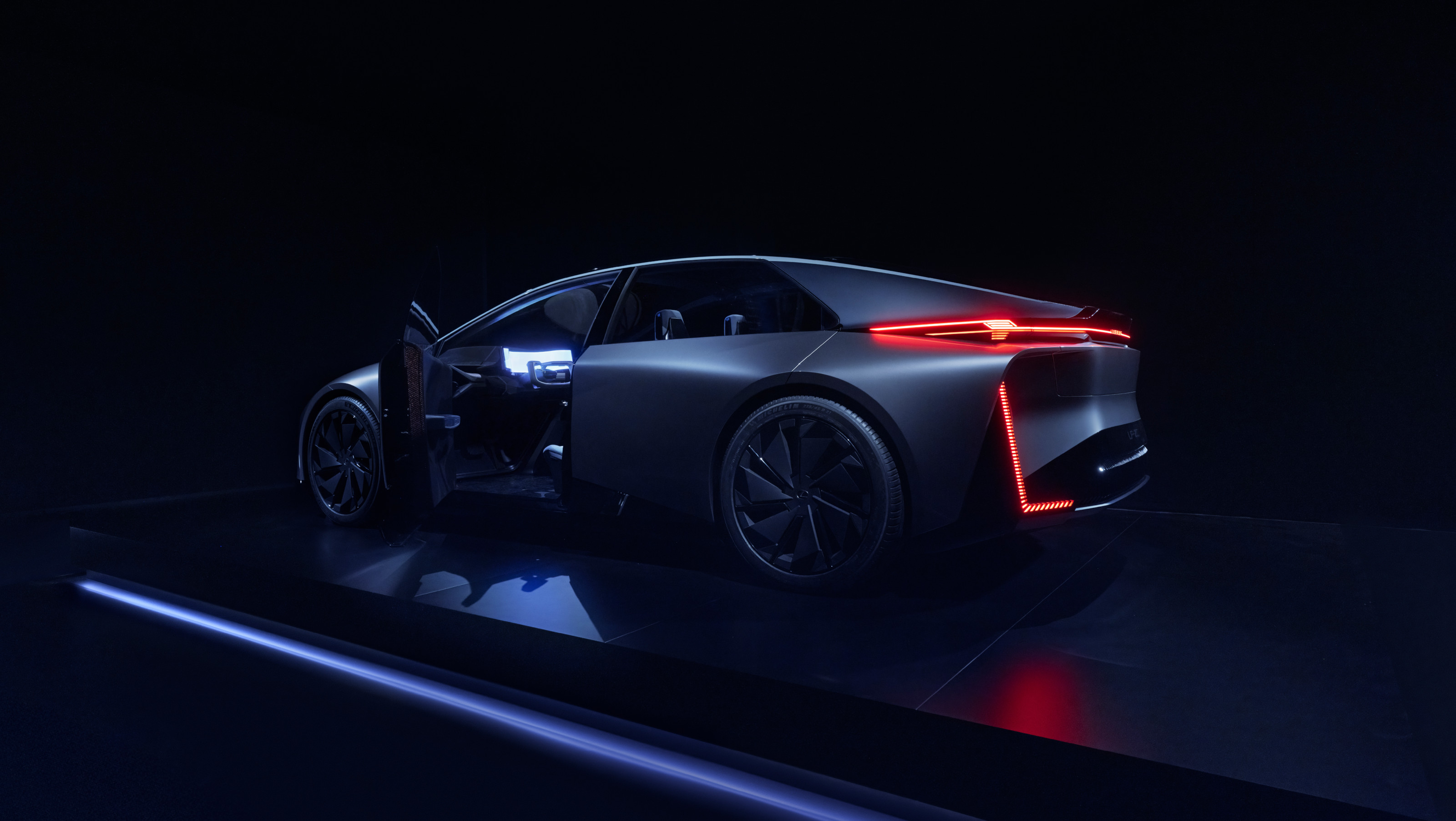
The installation was inspired by the ‘Black Butterfly’ cockpit from the 2023 Lexus LF-ZC concept car, also on display
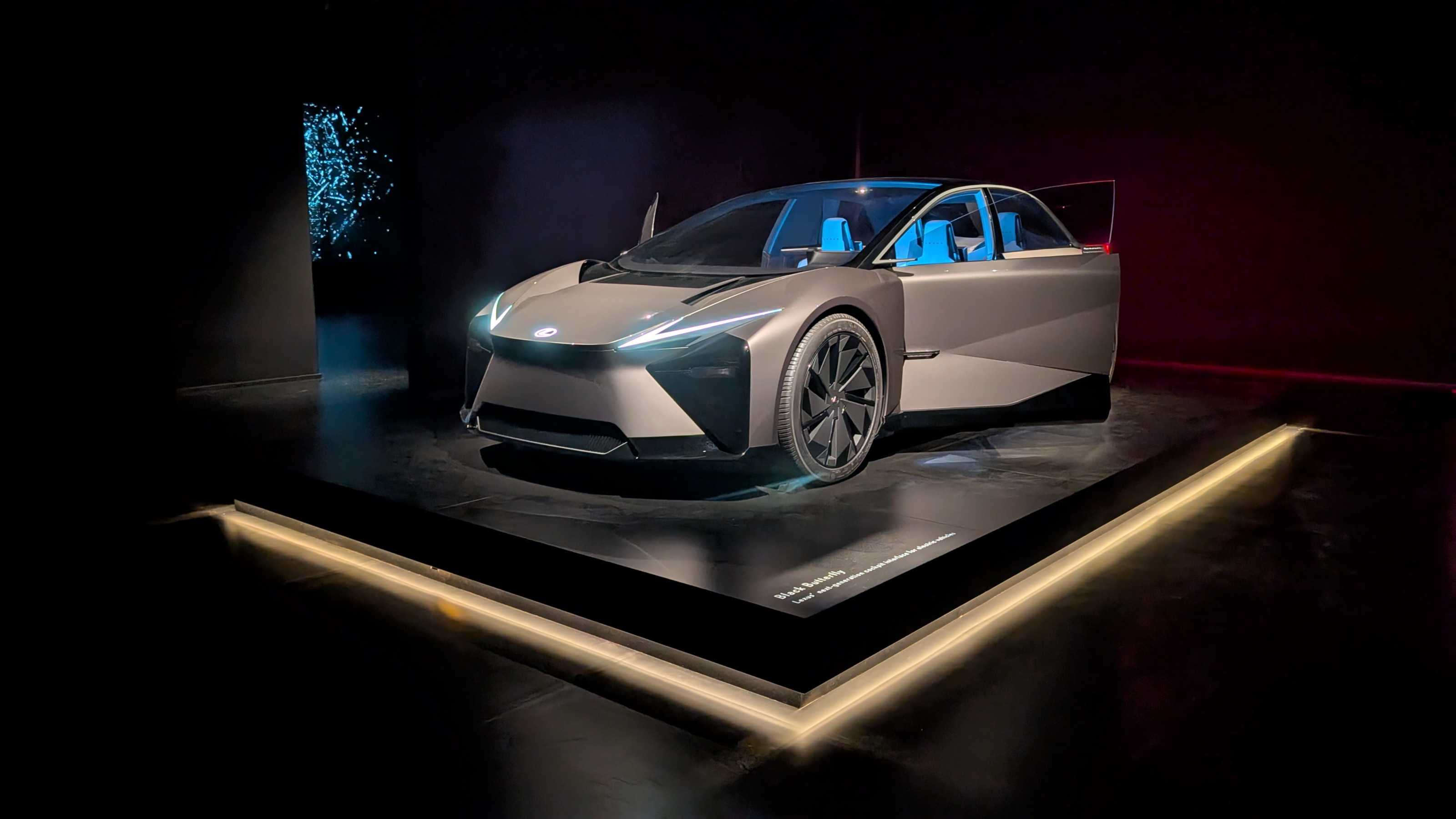
The 2023 Lexus LF-ZC concept car
‘The concept behind the installation is connectivity,’ explains Takeshi Nozoe, the creative director who set up SIX Inc in 2013. ‘The idea is to convey breathing in total harmony. The intertwined threads express social connections, like synapses in the brain.’
Although the installation requires a hefty dose of backroom technology in the form of CGI and projectors, both creators don’t believe in tech for tech’s sake. ‘My personal opinion is that technology is a tool – just like a brush for a painter,’ says Ikezawa. ‘We use it to create something that people haven’t seen before.’
Wallpaper* Newsletter
Receive our daily digest of inspiration, escapism and design stories from around the world direct to your inbox.
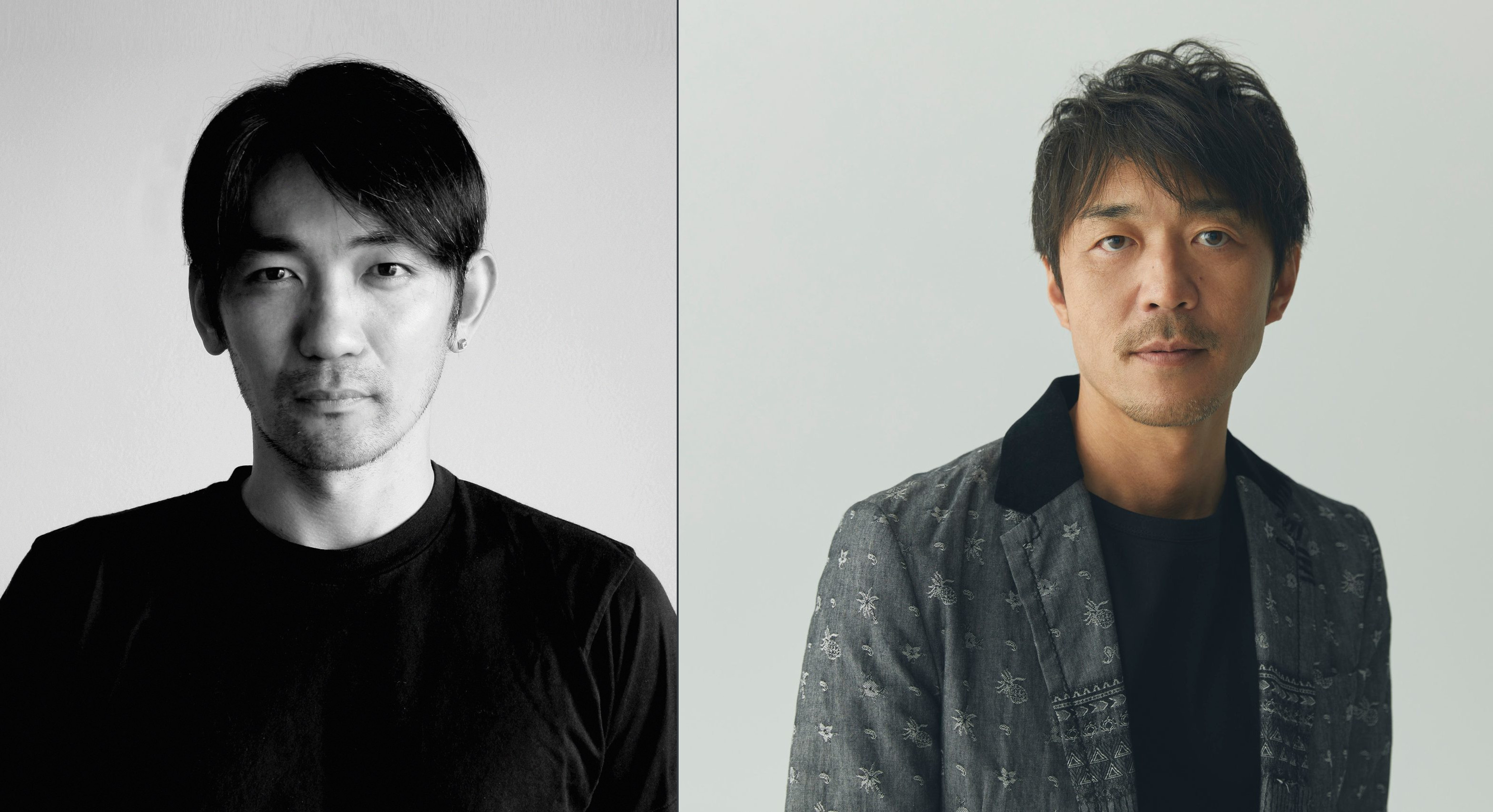
Tatsuki Ikezawa of STUDEO and Takeshi Nozoe of SIX
A-Un doesn’t tally precisely with what’s shown on the LF-ZC’s screens, of course, although Ikezawa acknowledges that ‘some of what we show might be possible [in the future], such as bringing difference senses and scenes to your experience of driving in the city or in nature’.
‘One philosophy of Lexus that we very much agree with is humancentric design,’ adds Nozoe. ‘Lexus considers technology to be transparent so they can focus on the future of mobility. For me what’s important is that we’ve used 35km of thread to create something that’s not a flat 2D screen, but something you can experience at all angles. There are too many screens these days. People want something else.’
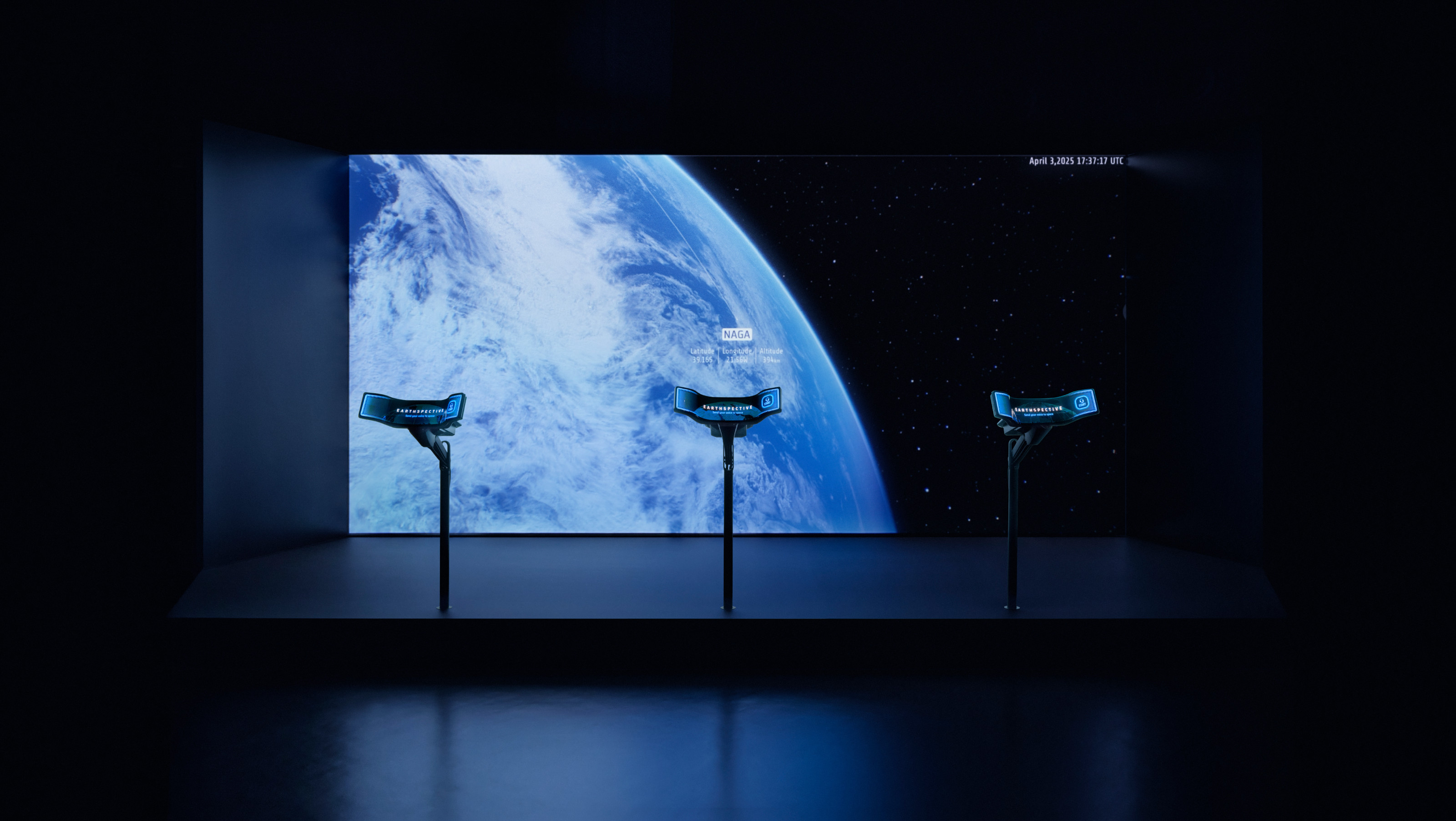
Bascule’s Earthspective installation
In addition to the vast A-Un installation, Lexus has also commissioned three data-based presentations, Discover Together, in what it describes as a ‘legacy project from the Lexus Design Award.’ The three teams are Bascule Inc, Northeastern University, and Lexus’s in-house design team, and together they’ve explored different ways of social interaction, all using the Black Butterfly console as the starting point.
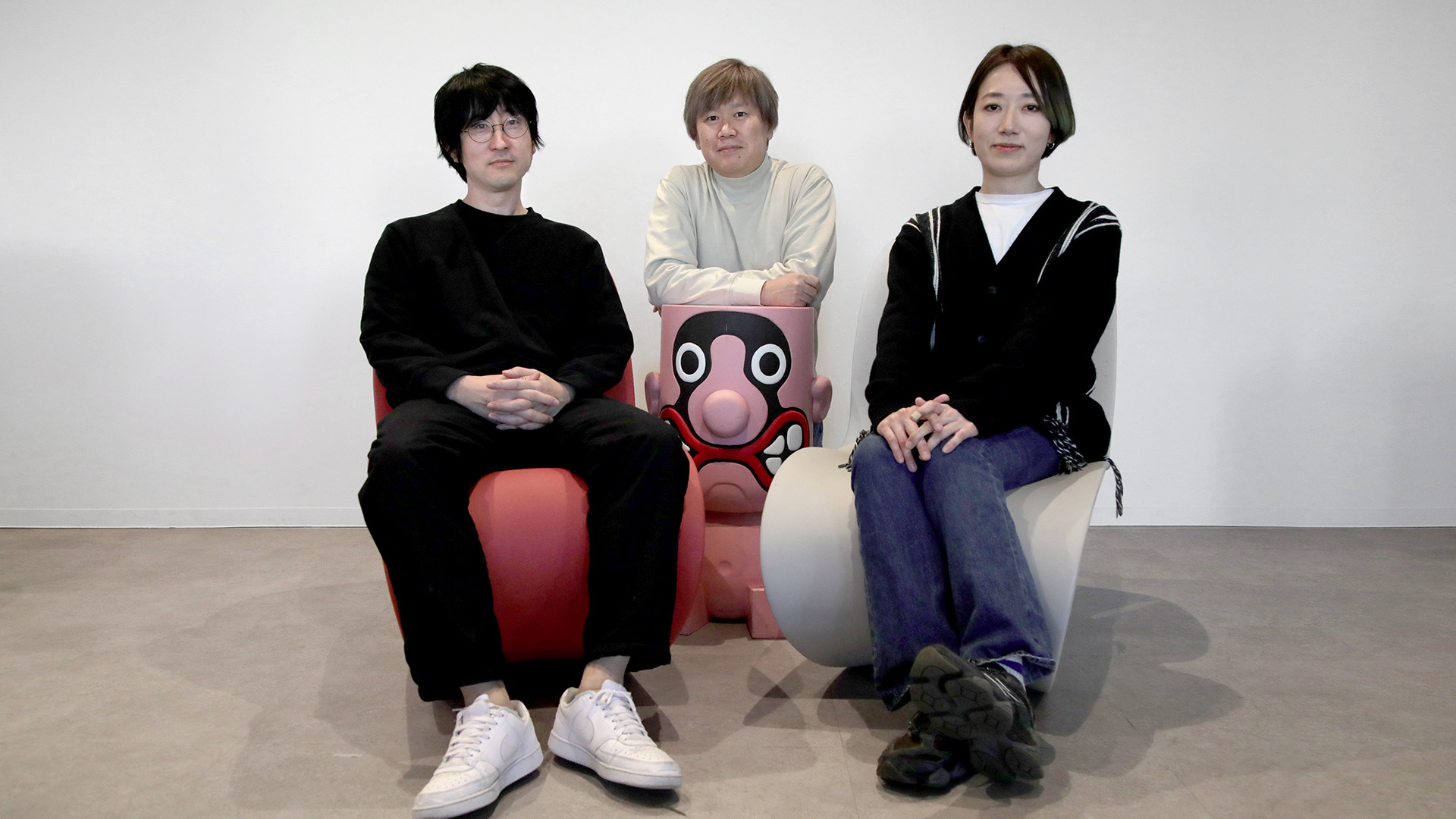
The team at Bascule, responsible for the Earthspective installation
Bascule’s Earthspective is all about creating the ‘overview’ effect, giving viewers a complete perspective of the world and inviting them to speak their comments into ‘satellites’ that orbit this 3D representation of the planet. The team from Boston’s Northeastern University created a display titled ‘Our Energy Nexus’, using real-time pollution data drawn from the streets of Milan. The clearer the air, the brighter the stars on the display shine.
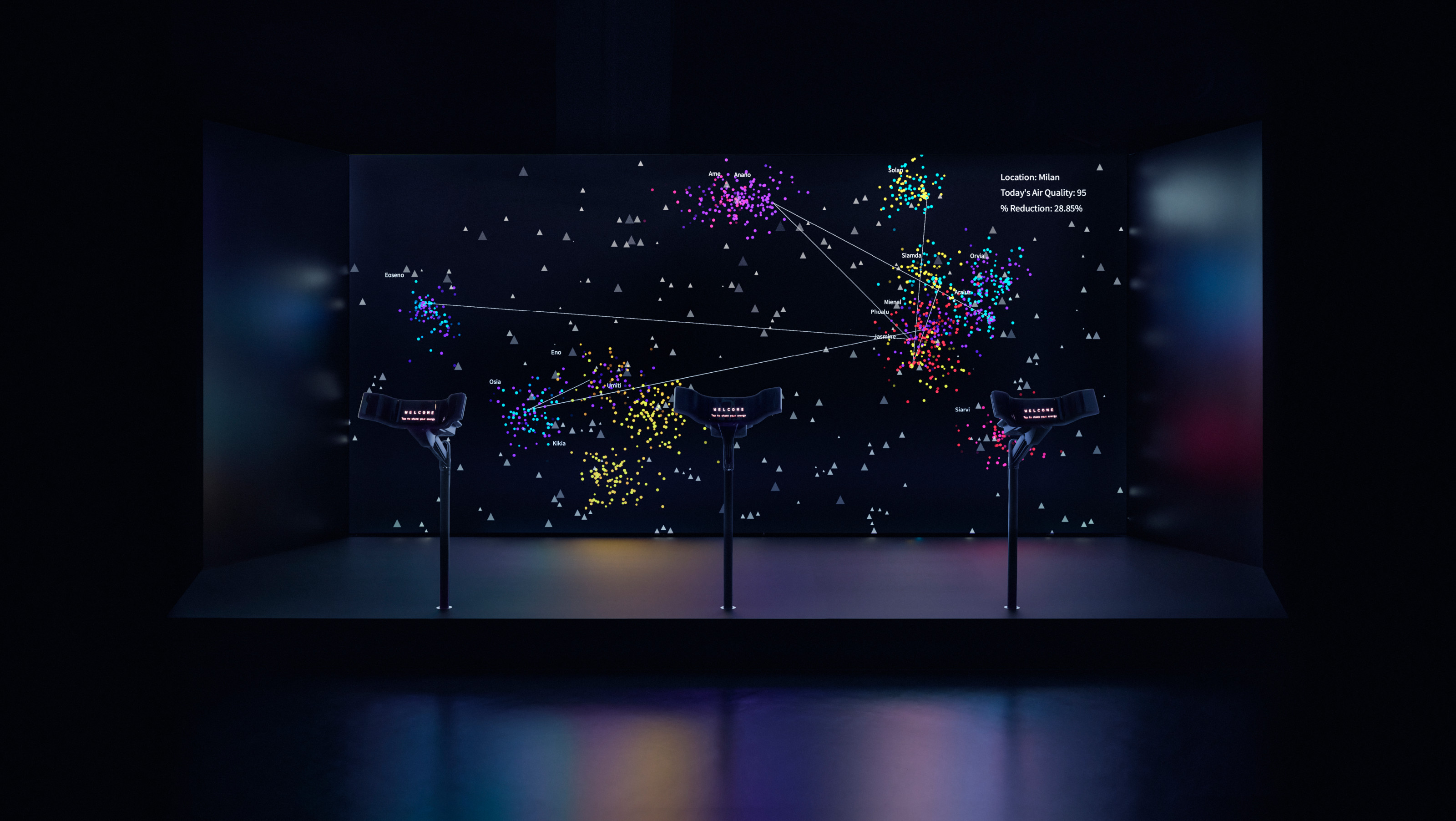
Northeastern University's ‘Our Energy Nexus’ installation for Lexus
Lexus’ Japanese design team also took part in Discover Together with an interactive project called ‘Discover your Butterfly’. A rather literal interpretation of the Black Butterfly console, it also plays on the trope of the Butterfly Effect. Visitors can use the console to create and release their own virtual butterfly, creating a kaleidoscope of pixelated wings that add up to something much greater than its individual parts. Finally, the company also announced that the Lexus Design Award will be relaunched this summer, with a new showcase scheduled for Milan Design Week 2026.
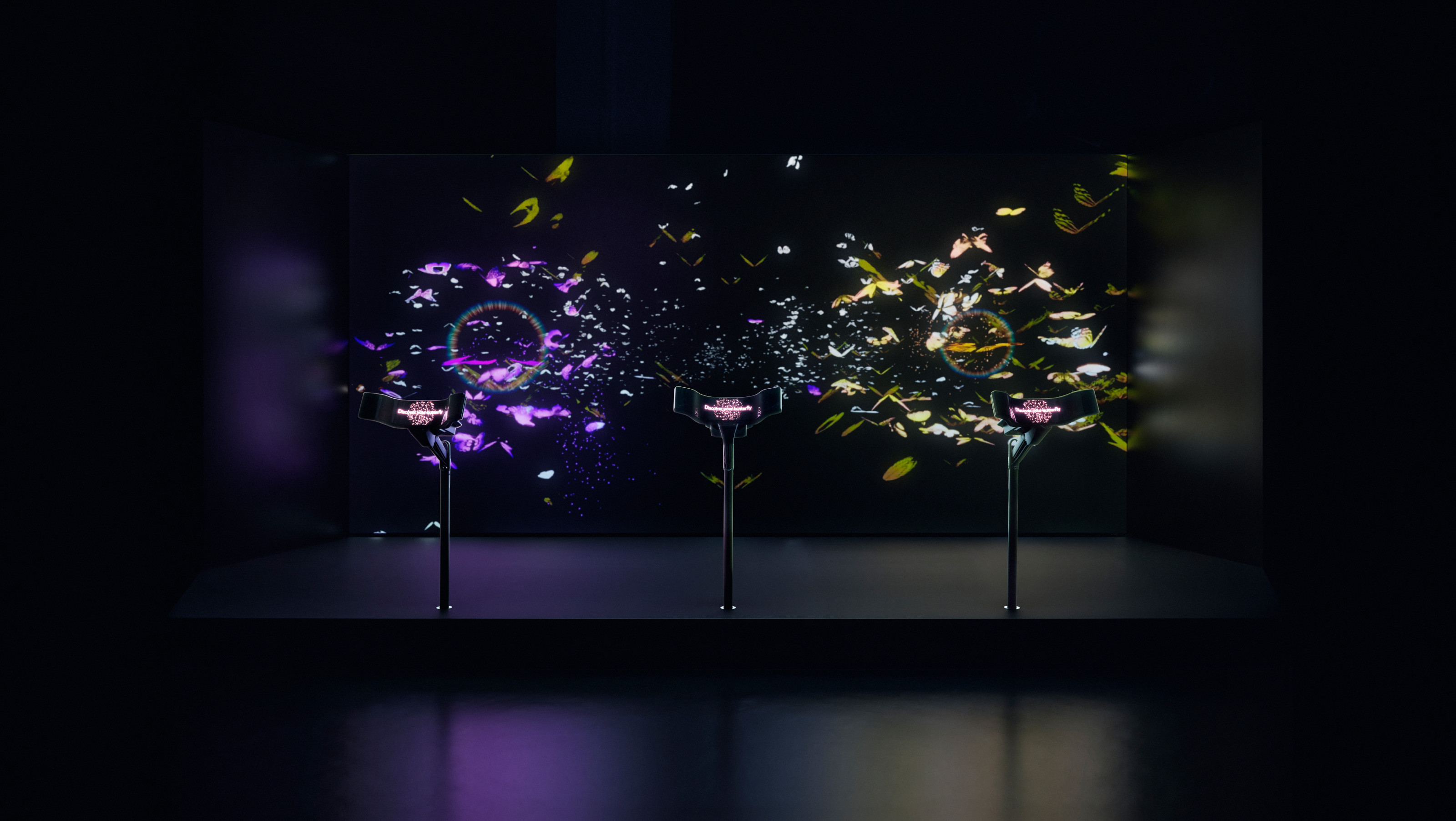
‘Discover your Butterfly’ by the Lexus Design Team
For Takashi Watanabe, president of Lexus International, the role of the company’s ongoing presence in Milan is all about emphasising its connection to human-centric design. ‘We’re still relatively young compared to other big scale brands,’ he tells Wallpaper*, stressing that when Lexus began, with the 1989 LS model, part of the reason it made such a big impact on the market was its inherently Japanese approach to craftsmanship. ‘As a young brand we have established a unique identity,’ Watanabe explains. ‘It’s not just about the cars, but about collaborations, especially with young designers. These give birth to new values, and that’s what we’re after.’
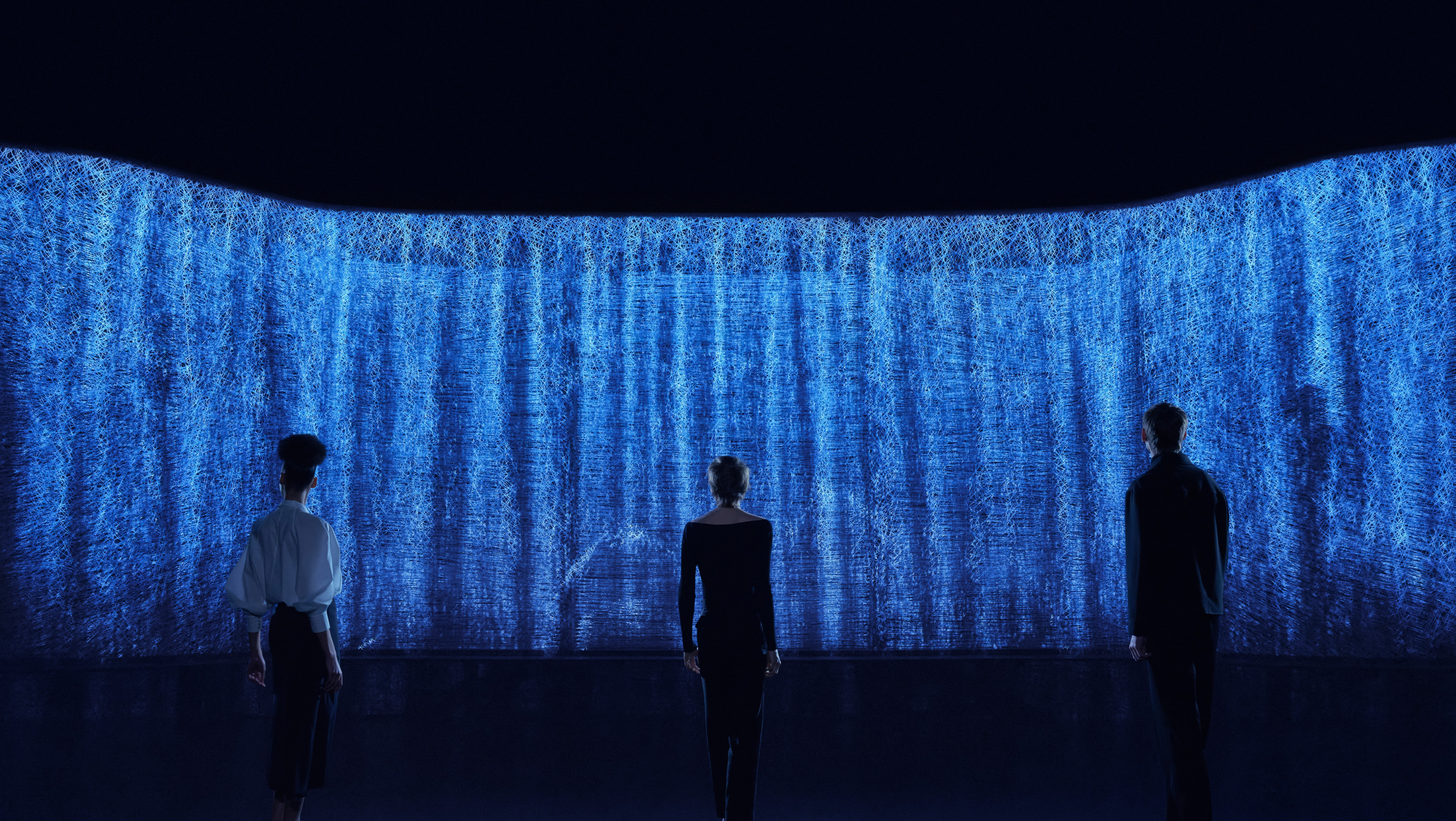
Detail of the A-Un installation for Lexus
Watanbe was previously the company’s chief engineer, and he stresses that these high-profile creative collaborations benefit his own knowledge as much as they bolster the image of the wider brand. ‘For us to keep fighting in this long-established luxury segment is a big challenge,’ he says, ‘I believe that from day one, Lexus has always had a connection with passion – it’s part of our DNA. We try and apply Japanese-bred craftsmanship to all our cars.’
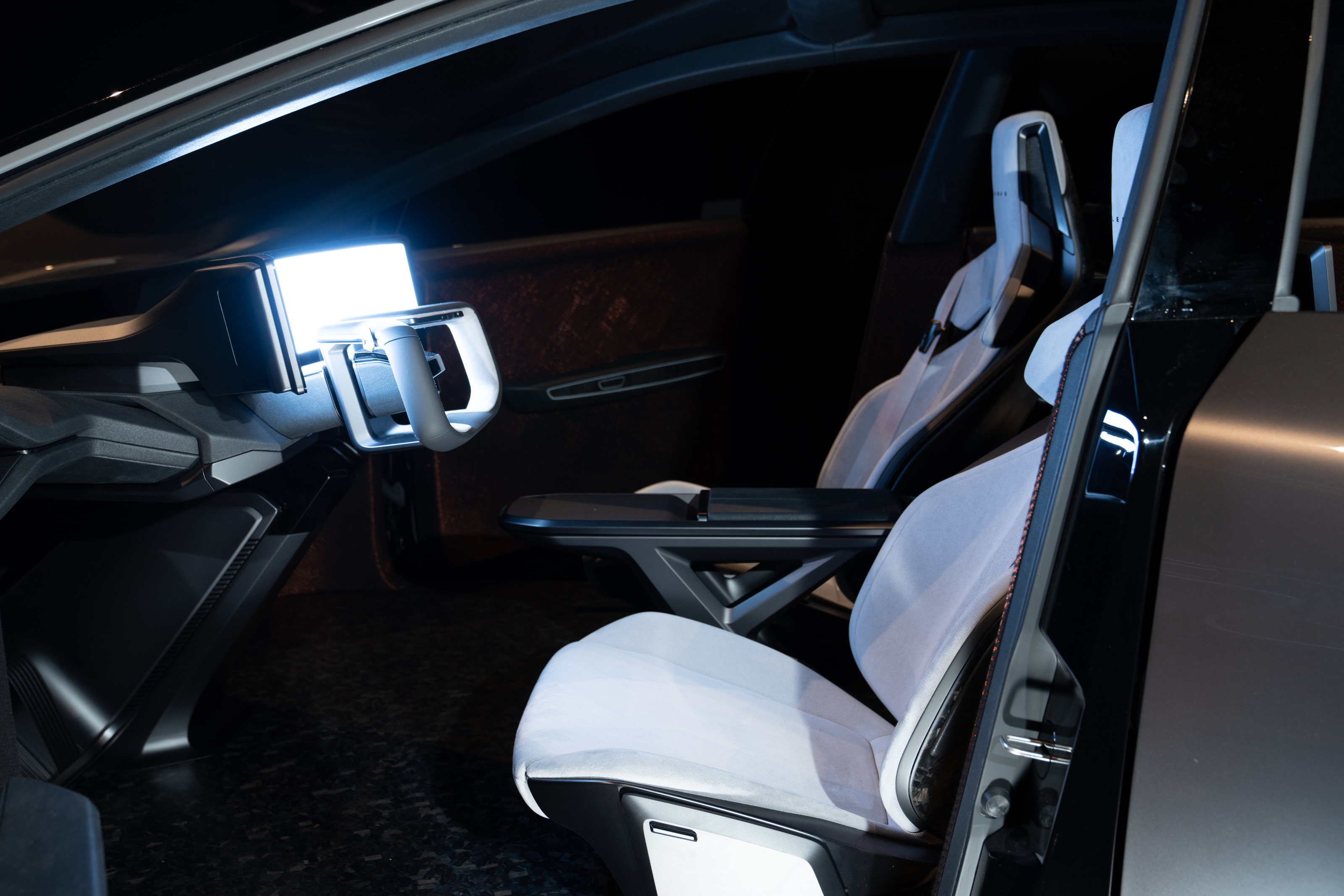
The Black Butterfly display shown inside the Lexus LF-ZC concept
‘We’re moving into an era where luxury is no longer defined by a physical object,’ Watanabe continues. ‘It could be comfort, time or space. We believe there’s a trend where future-minded people value things like Sustainable Development Goals, new customers who are more open to change. I see examples of this at Design Week, so I’m confident we are moving in the right direction.’
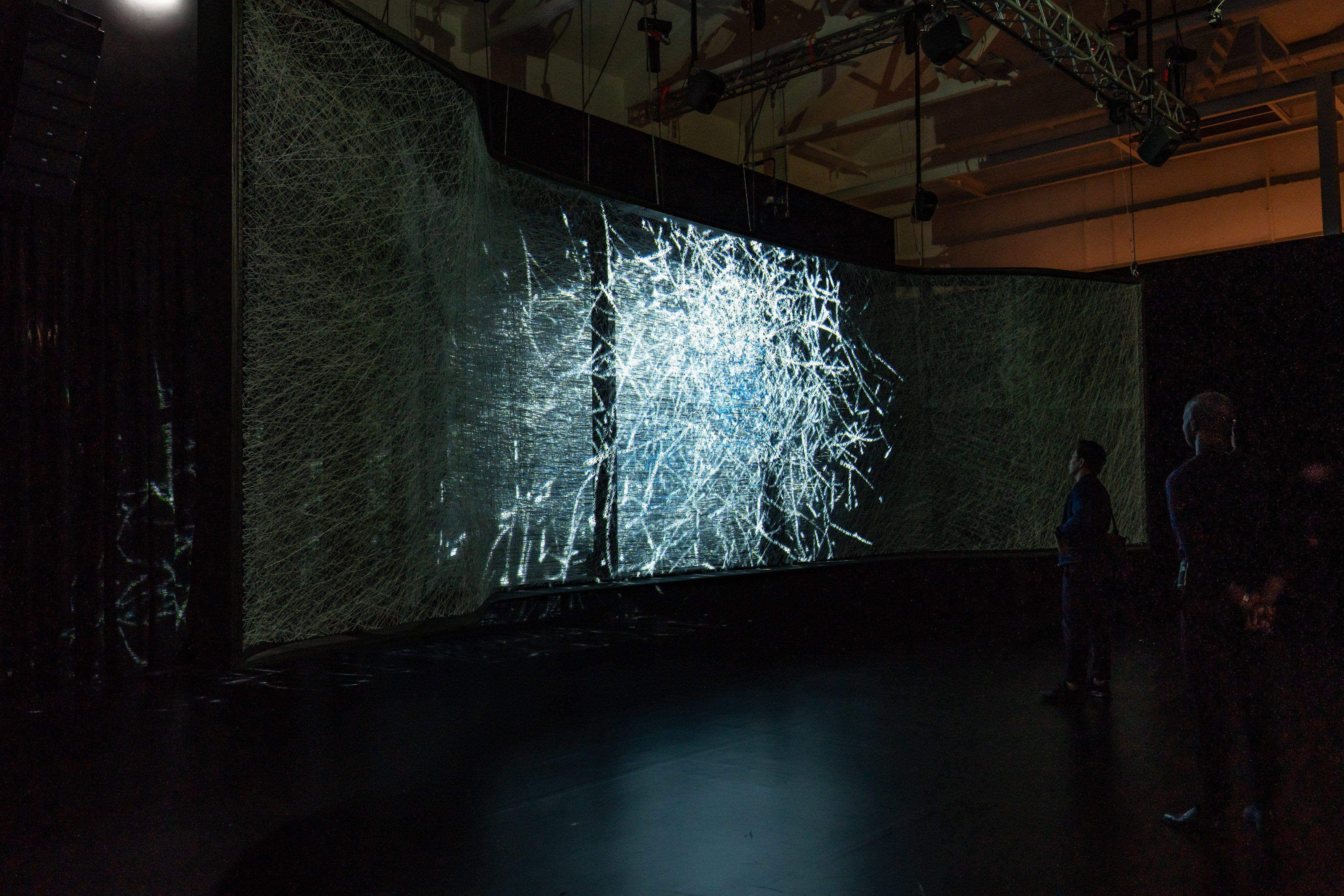
Detail of the A-Un installation for Lexus
As chief engineer on the Lexus RZ, the company’s first full-electric SUV, Watanabe says he cherished the challenge of not building a conventional battery electric vehicle. Other recent cars, such as the compact Lexus LBX, take on other pieces of received wisdom about luxury design. ‘We want to keep creating cars that feel like a Lexus regardless of their size,’ he says. ‘It’s not about working with conventional luxury tropes like scale.’
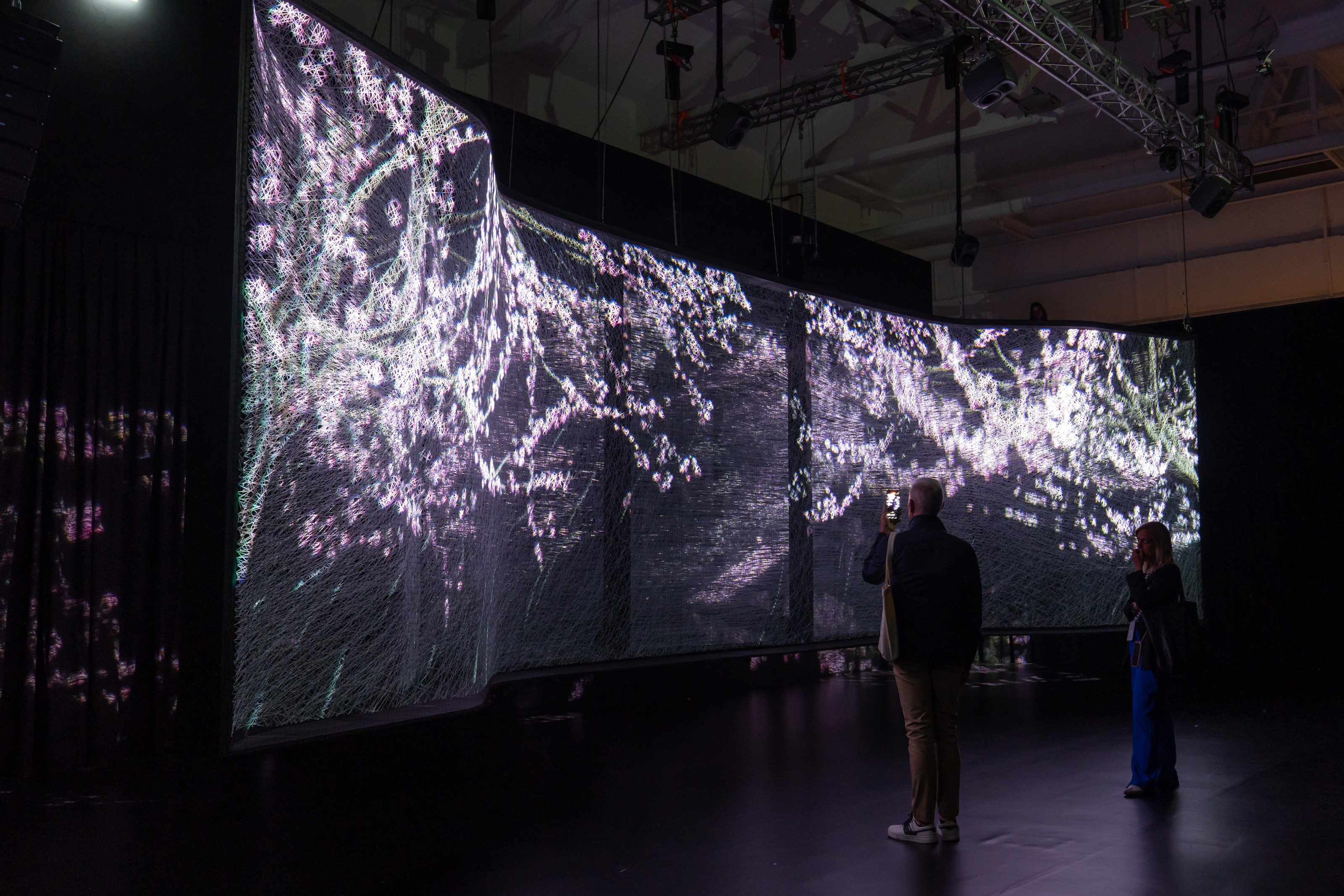
The A-Un installation for Lexus
The future promises more connectivity, not less. The ongoing rise of the SDV, or software-defined vehicle, demonstrates the importance of data in shaping our relationship with our cars. ‘These vehicles are inviting interactions with their owners, and we’re in a race with other manufacturers to figure out ways of ensuring our vehicles can understand their owner’s values,’ Watanabe says, ‘because we’re focused on human-centric design, the ultimate question is how we can become closer and closer with our customers.’

The Lexus LF-ZC concept car on display at Milan Design Week
A-Un and Discover Together, Lexus at Design Week Milan, Superstudio Più, Tortona, Milan, from 8 - 13 April 2025
Studeo.co.jp, SixInc.jp, Bascule.co.jp, CAMD.northeastern.edu, Lexus.com
Jonathan Bell has written for Wallpaper* magazine since 1999, covering everything from architecture and transport design to books, tech and graphic design. He is now the magazine’s Transport and Technology Editor. Jonathan has written and edited 15 books, including Concept Car Design, 21st Century House, and The New Modern House. He is also the host of Wallpaper’s first podcast.
-
 Fancy a matcha-beer cocktail? Visit this dashing new LA restaurant
Fancy a matcha-beer cocktail? Visit this dashing new LA restaurantCafé 2001 channels the spirit of an American diner with the flow of a European bistro and the artistry of Japanese cuisine
By Carole Dixon
-
 Los Angeles businesses regroup after the 2025 fires
Los Angeles businesses regroup after the 2025 firesIn the third instalment of our Rebuilding LA series, we zoom in on Los Angeles businesses and the architecture and social fabric around them within the impacted Los Angeles neighbourhoods
By Mimi Zeiger
-
 New book 'I-IN' brings together Japanese heritage and minimalist architecture at its finest
New book 'I-IN' brings together Japanese heritage and minimalist architecture at its finestJapanese architecture studio I-IN flaunts its expert command of 21st-century minimalism in a new book by Frame Publishers
By Ellie Stathaki
-
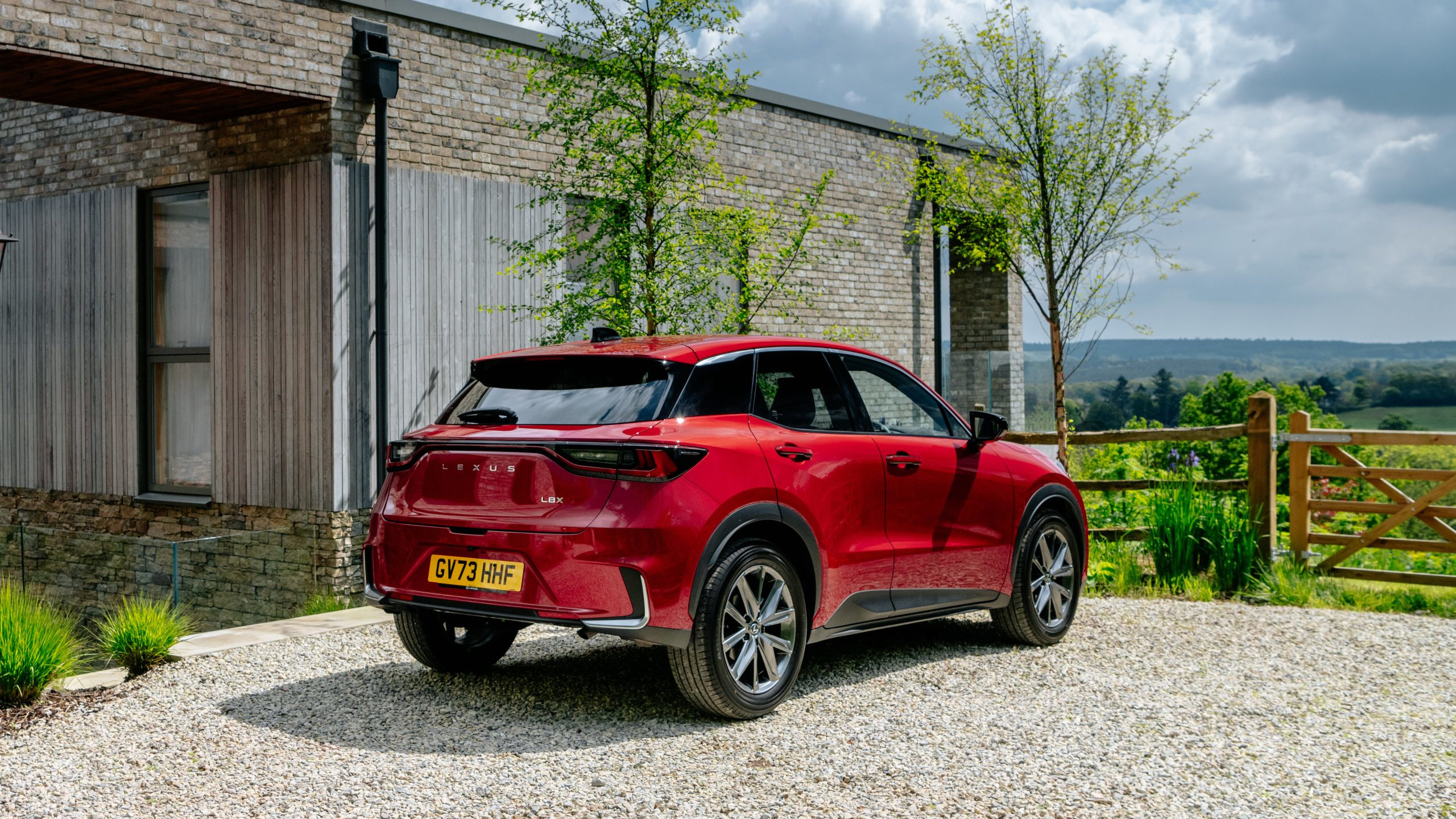 The Lexus LBX crams automotive luxury into a pocket-sized contemporary package
The Lexus LBX crams automotive luxury into a pocket-sized contemporary packageWe explore the world of Lexus’s diminutive LBX, and ponder on the validity of luxury design in a super small car
By Jonathan Bell
-
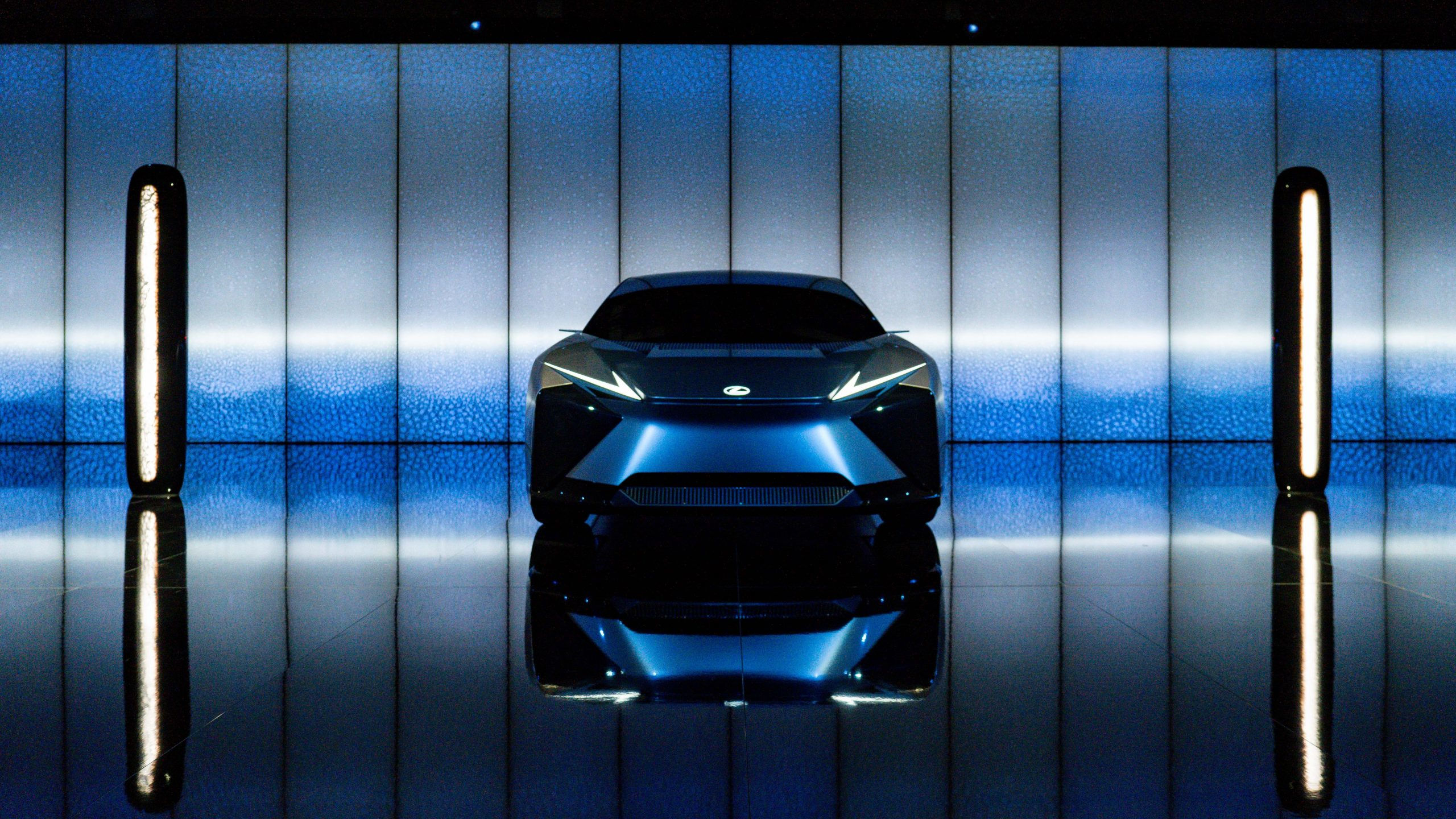 Lexus installation explores time at Milan Design Week 2024
Lexus installation explores time at Milan Design Week 2024Lexus brought designer Hideki Yoshimoto’s ‘Beyond the Horizon’ to Milan’s Art Point, part of its ongoing series of collaborations with Fuorisalone
By Nargess Shahmanesh Banks
-
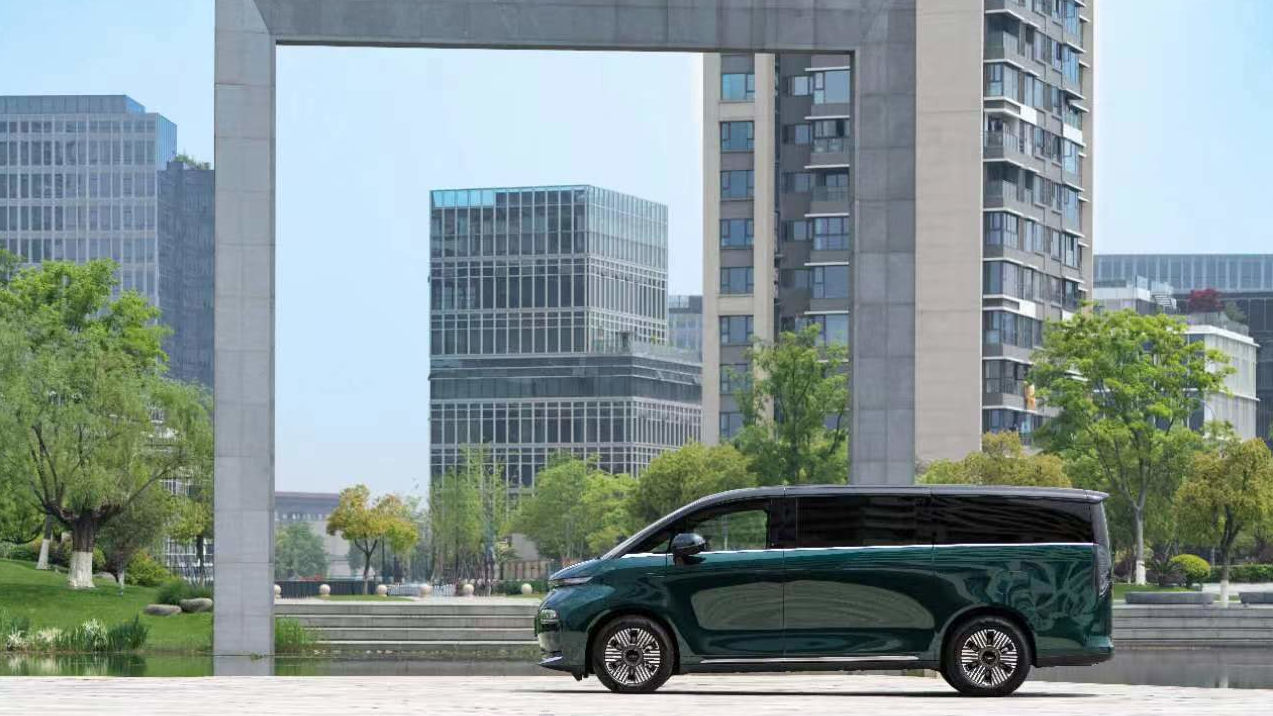 LEVC’s L380 is a truly magnificent minivan
LEVC’s L380 is a truly magnificent minivanThe London Electric Vehicle Company’s L380, is a magnificent minivan designed for upscale long-distance travel, as the maker of the London Taxi branches out into all-purpose EVs
By Jonathan Bell
-
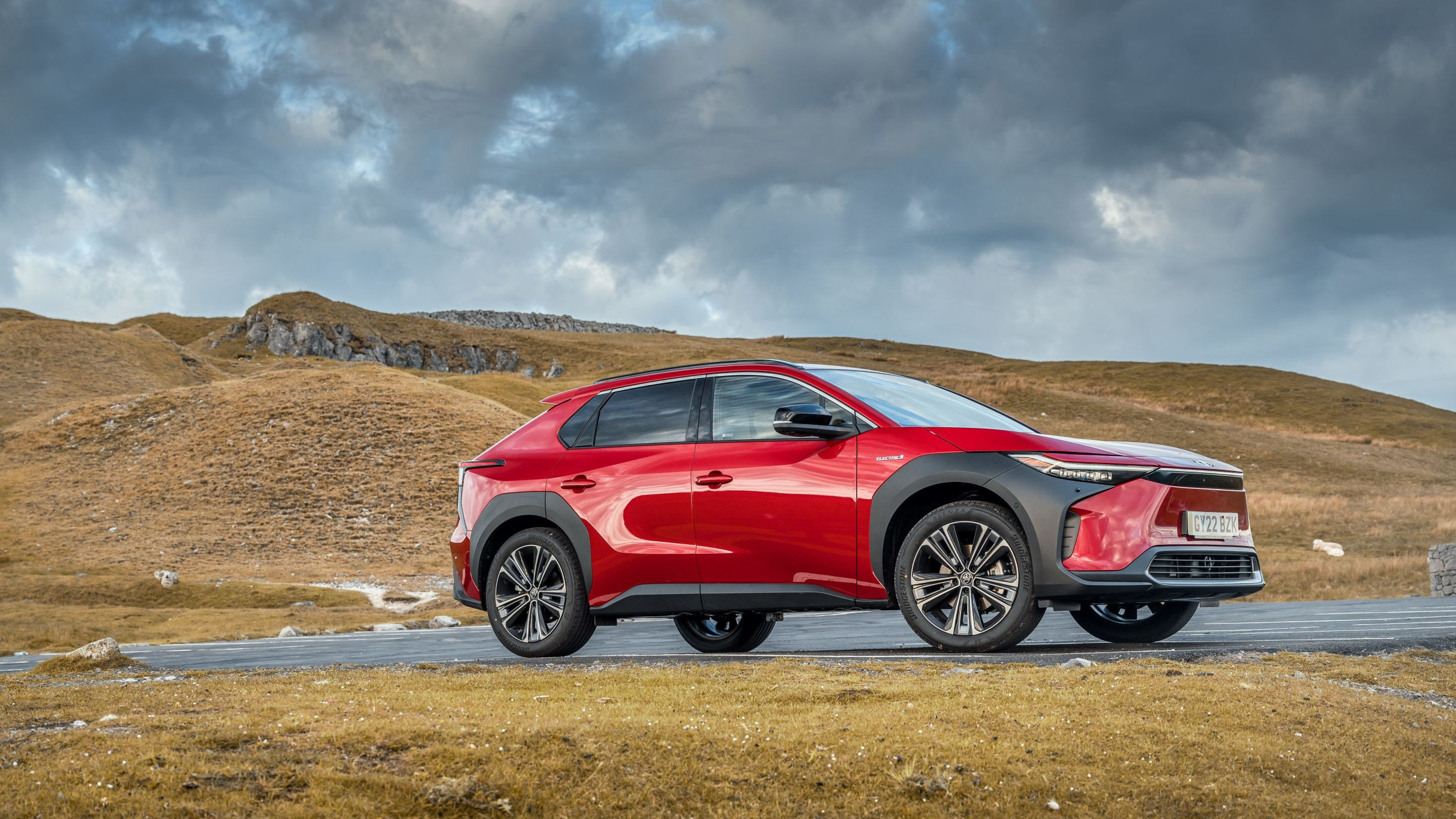 Toyota bz4X SUV is the marque’s first pure electric vehicle
Toyota bz4X SUV is the marque’s first pure electric vehicleThe Toyota bz4X is our first chance to explore how the long-standing masters of mass automobile production make an EV
By Jonathan Bell
-
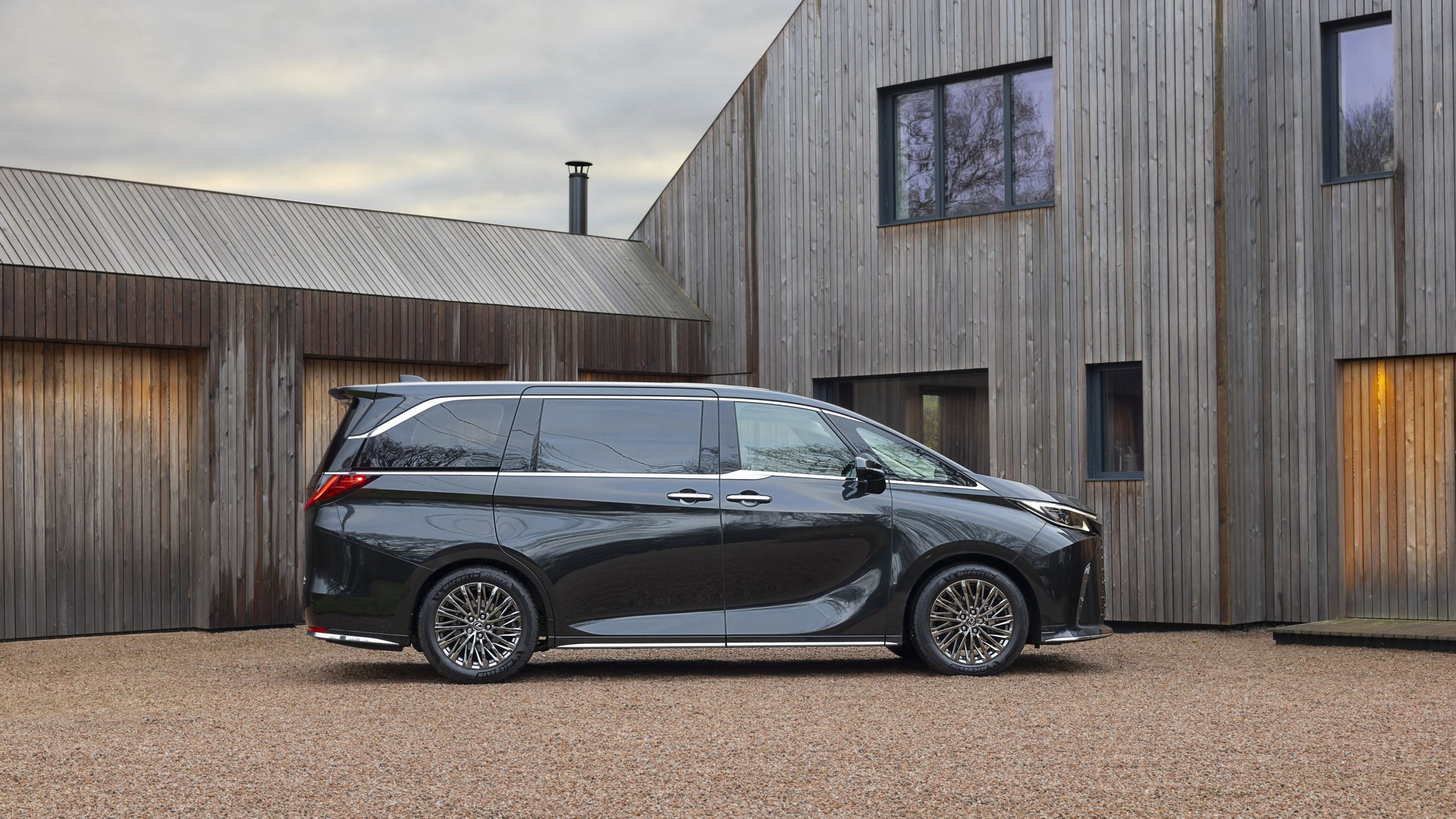 Lexus LM wants you to have the back-seat ride of your life
Lexus LM wants you to have the back-seat ride of your lifeThe back of the Lexus LM has the space, grace and accoutrements to rival a Rolls-Royce. Can this upscale minivan reinvent the luxury car?
By Jonathan Bell
-
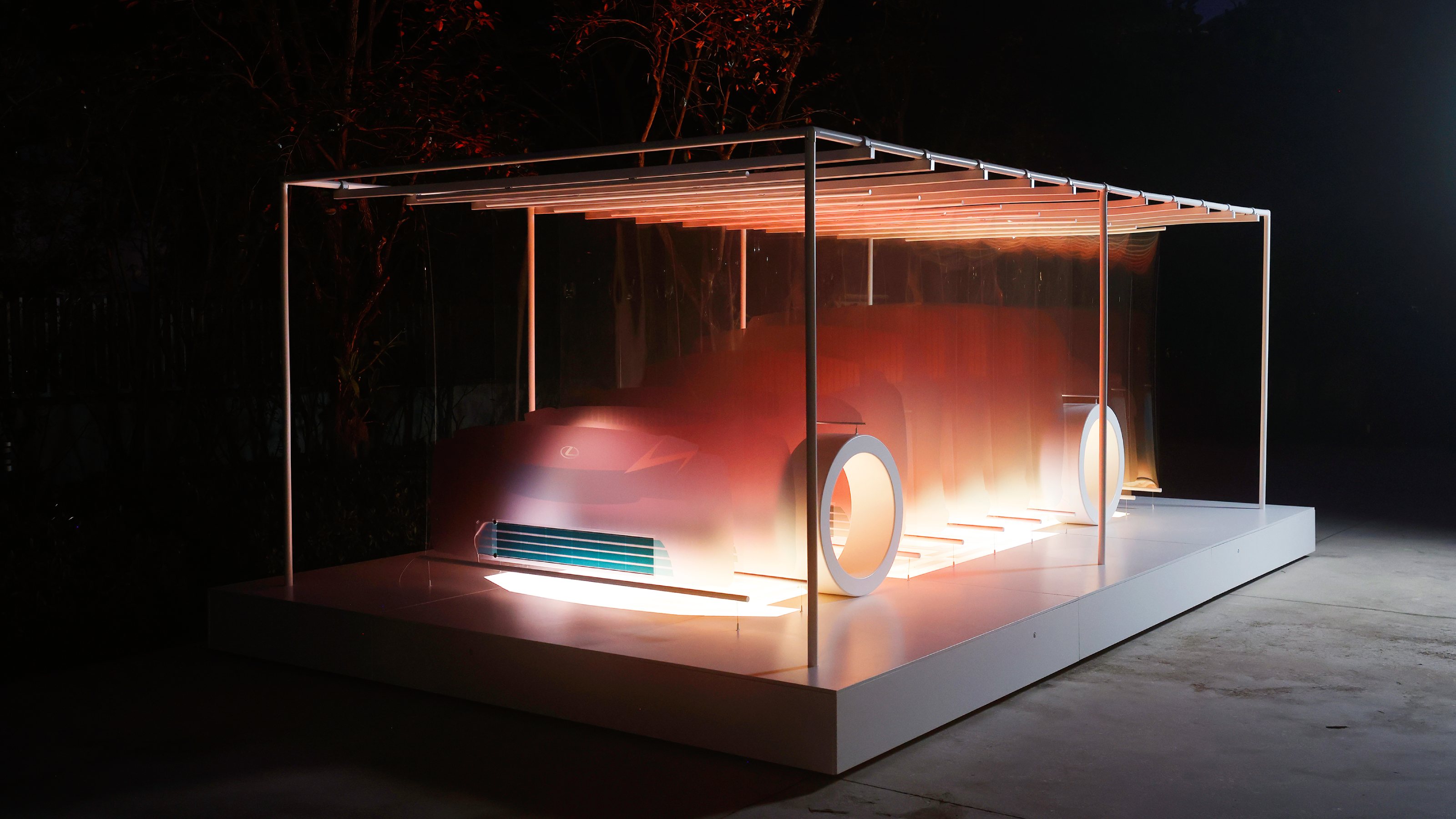 Marjan van Aubel’s ‘8 Minutes and 20 Seconds’ installation with Lexus is our Best Solar Roller
Marjan van Aubel’s ‘8 Minutes and 20 Seconds’ installation with Lexus is our Best Solar RollerThe Dutch solar designer Marjan van Aubel mounted an interactive installation in Miami to introduce Lexus’ new zero-emission LF-ZC concept car
By Adrian Madlener
-
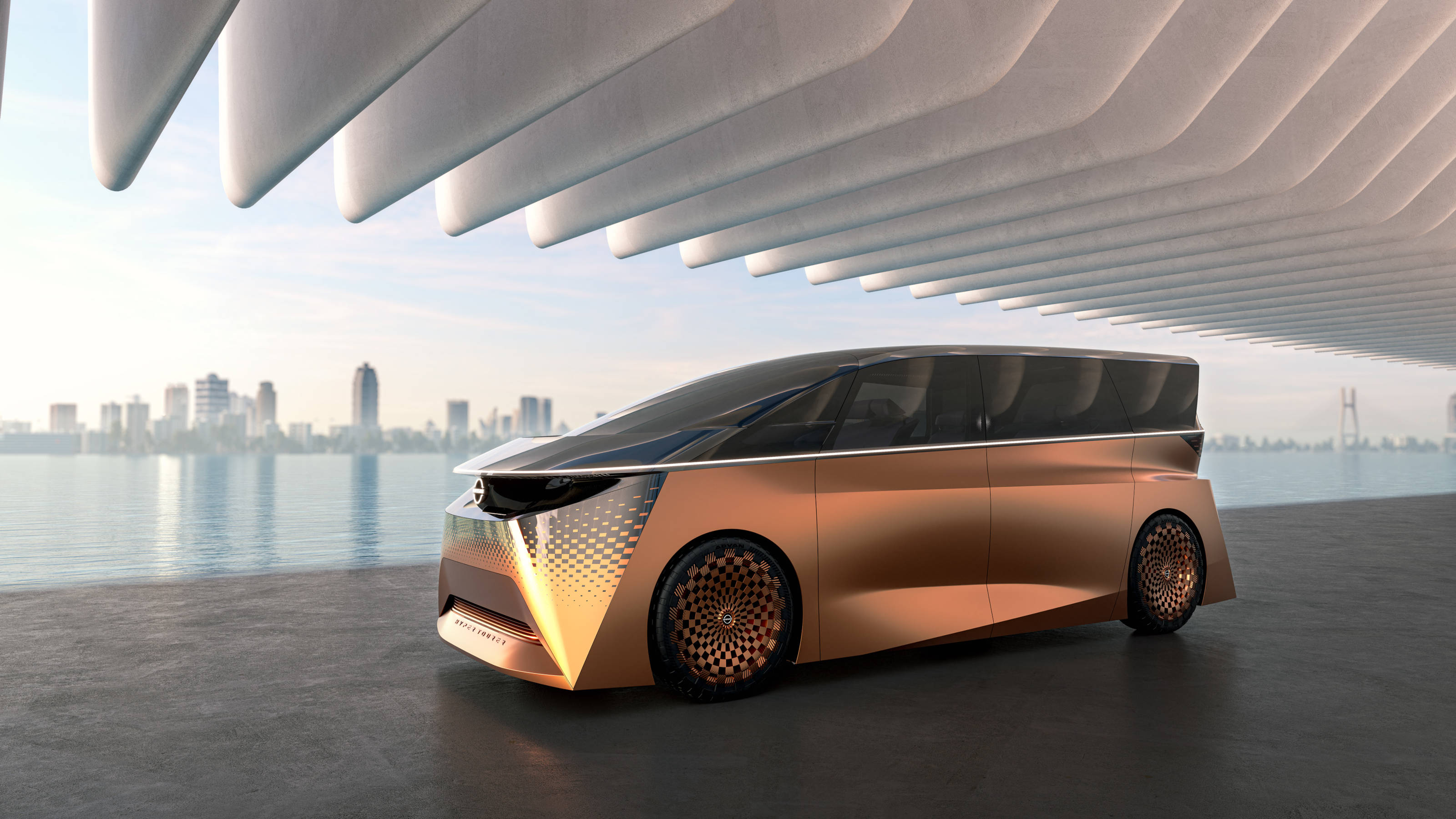 The debut Japan Mobility Show saw the country’s carmakers preview the near future
The debut Japan Mobility Show saw the country’s carmakers preview the near futureThe 2023 Japan Mobility Show offered up a vast array of futuristic transportation, from concept sports cars to autonomous taxis, and eVTOL aircraft
By Jonathan Bell
-
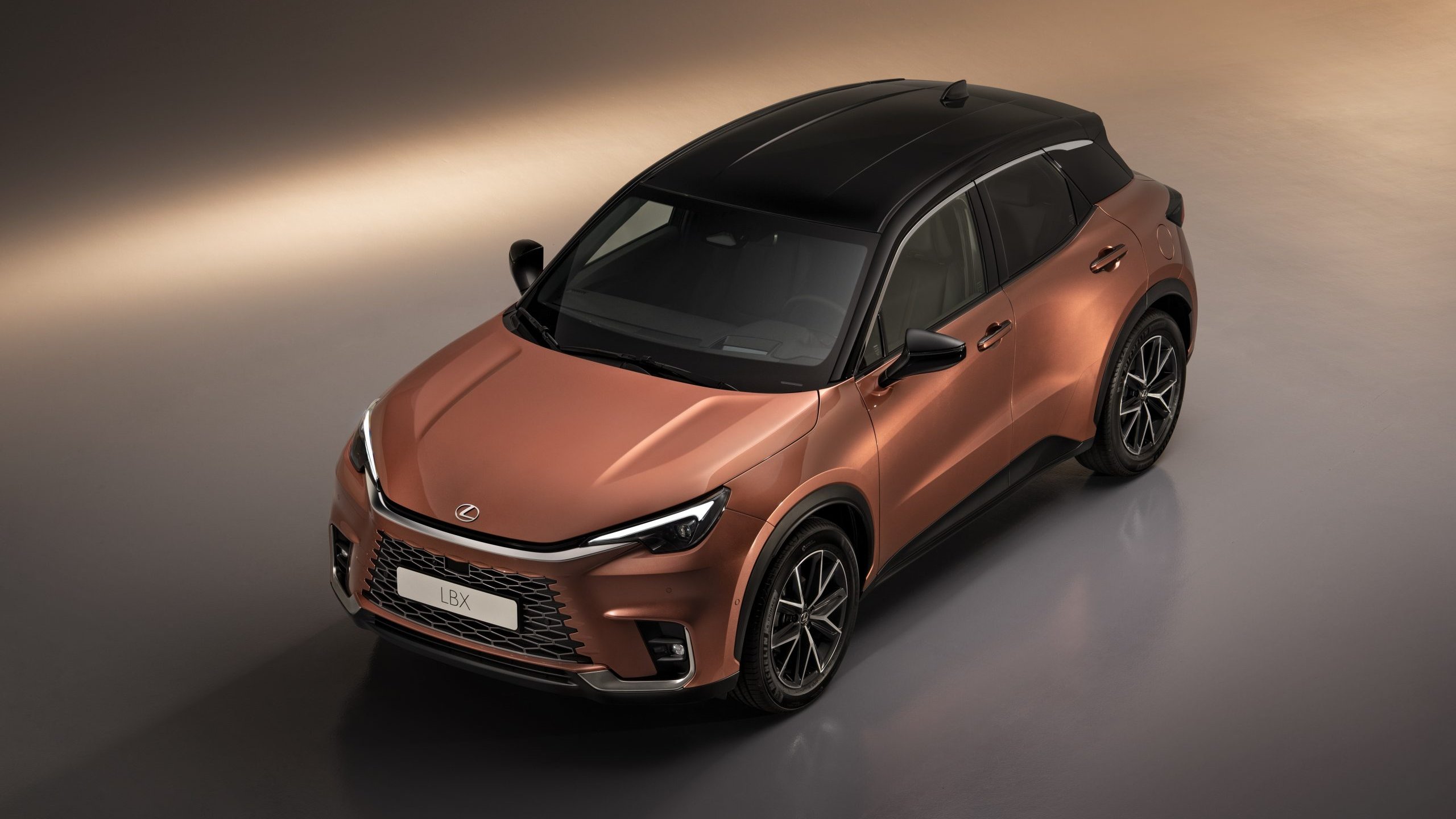 New Lexus LBX is big on quality, small in size, with a clean contemporary design language
New Lexus LBX is big on quality, small in size, with a clean contemporary design languageLexus downscales luxury with the new LBX crossover, a compact hybrid that’s the Japanese premium brand’s smallest product to date
By Guy Bird